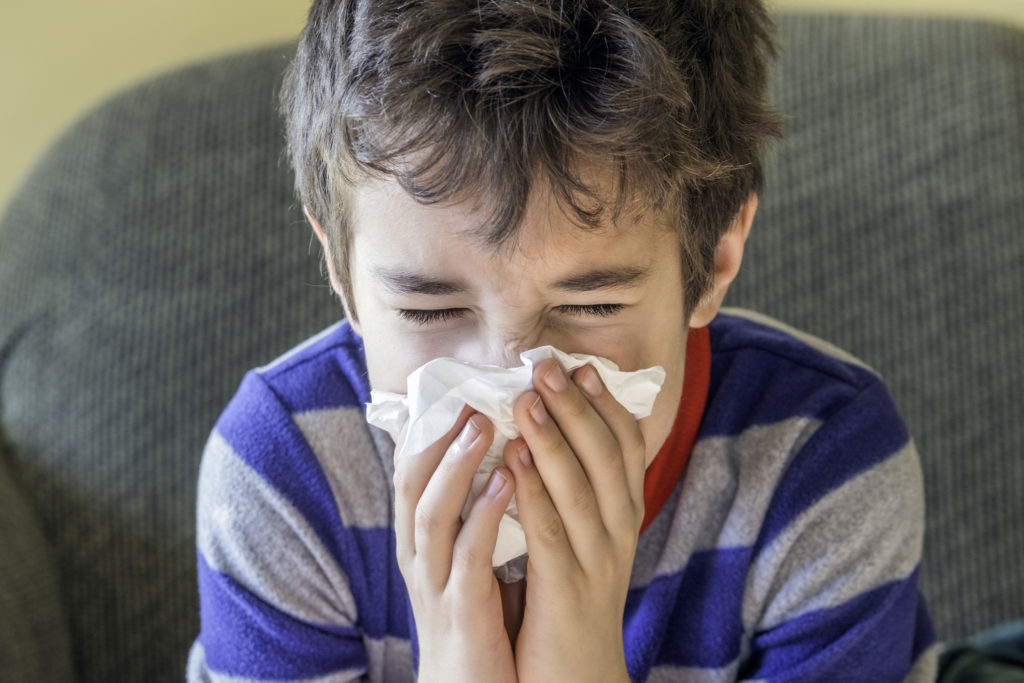ASK THE CPCMG PEDIATRICIAN: Dust Mite Allergies

My pediatrician just tested my son for allergies. The test results showed that my son is allergic to dust mites. How can I get rid of the dust mites in my house?
Dust mites are everywhere. In fact, the only continent that doesn’t have dust mites is Antarctica! While you can minimize the effect of dust mites in your home, you cannot eliminate them entirely.
First off, you cannot see dust mites – they are very tiny! Dust mites are microscopic relatives of the spider and live on mattresses, bedding, upholstered furniture, carpets and curtains. These tiny creatures feed on the flakes of skin that people and pets shed daily and they thrive in warm and humid environments.
Common dust mite allergy symptoms include:
- Sneezing
- Runny nose
- Itchy, red or watery eyes
- Stuffy nose
- Itchy nose, mouth or throat
- Postnasal drip (a flow of mucus from behind your nose into your throat)
- Cough
Since these symptoms are annoying and uncomfortable, it is worth the effort to minimize the effect that dust mite allergies have on your child. Here are some helpful strategies:
- Use a mattress cover. You can purchase from many stores or online sites. It is important that the enclosure be zippered shut.
- If you are purchasing new bed linens, blankets and comforters, try to replace your older items with allergy friendly items.
- Wash bed linens weekly to reduce the risk of exposure to dust mites.
- If your child has a favorite stuffed animal, consider leaving it out in the sun for 4 hours to kill dust mites.
- Keep the humidity of your home below 45% as dust mites like humidity. Consider keeping the temperature inside your home to 70 degrees or below.
- Remove carpeting from your child’s bedroom. Dust mites like to hide and breed in carpeting, so hard flooring surfaces will mean fewer dust mites.
These are just a few steps to eliminate dust mites from your home. Hopefully, eliminating these tiny bugs will help decrease your child’s allergy symptoms. As always, please feel free to discuss this issue further with your CPCMG pediatrician.

